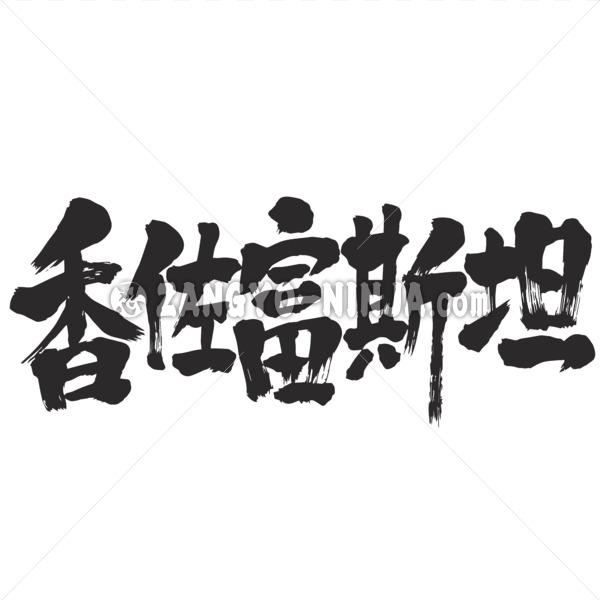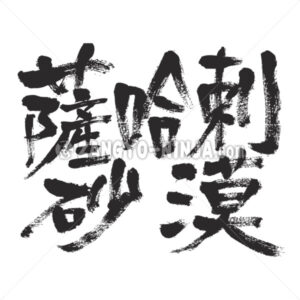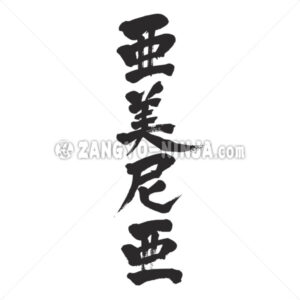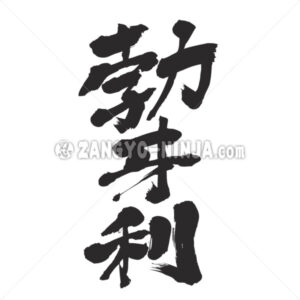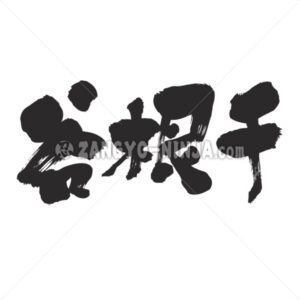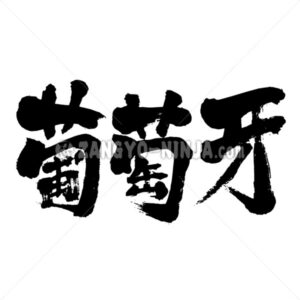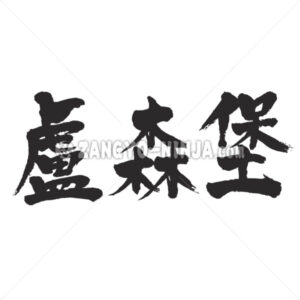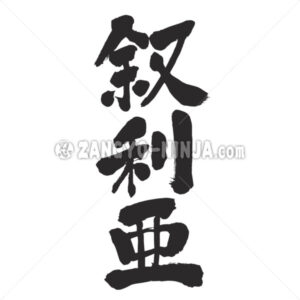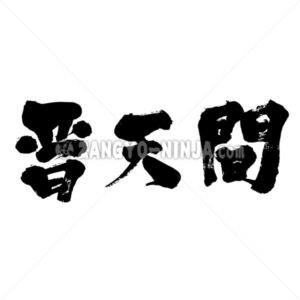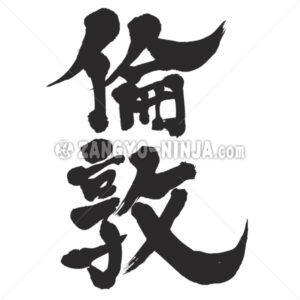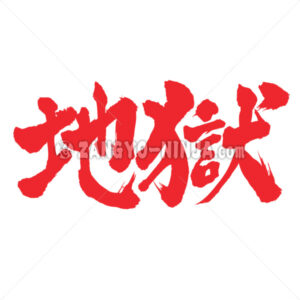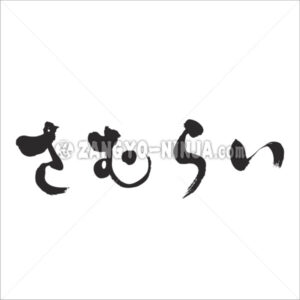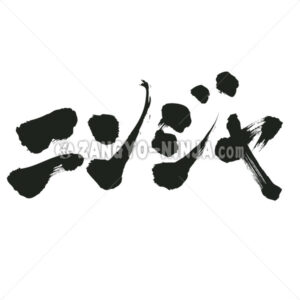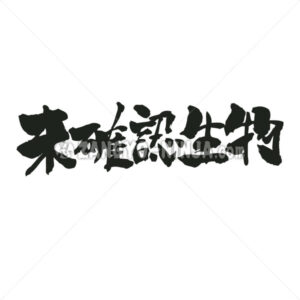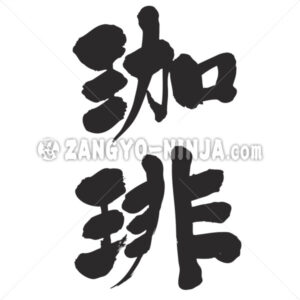Description for “Kazakhstan in kanji”
Located in the center of Eurasia, Kazakhstan is actually the ninth largest country in the world and at the same time the largest landlocked country in the world, with about half of its land area being desert or dry steppe.
Because of its large land area, the country is rich in mineral resources, and its main export product, crude oil, accounts for more than 95% of its export value. It also boasts some of the world’s largest reserves of uranium and chromium.
History of the Kazakh Nation
Kazakhstan was once a nomadic Turkic region ruled by the Kipchak Khanate. After the decline of the Kipchak Khanate, a Turkic nomadic Kazakh tribal society continued, but by the mid-18th century, the area was under Russian influence and was invaded by the neighboring Qing Dynasty to the east. However, with the dissolution of the Soviet Union in 1991, Kazakhstan became independent.
Industries in Kazakhstan
Kazakhstan is rich in mineral resources: oil and natural gas on the Mangshisirak Peninsula, coal and lignite in Karaganda and Ekibastuz, iron ore in Kustanay Oblast, copper ore in Jezkazgan Oblast, polymetallic ore in the Altai Mountains, lead and zinc in Leninogorsk. In the industrial sector, machinery (mining, agriculture, transportation, electricity), chemicals (fertilizers, synthetic fibers), and food production are conducted. In agriculture, spring wheat and potatoes are grown in the north, rice, sugar beets, and fodder crops in the irrigated areas in the south, and sheep are raised in the dry areas.


